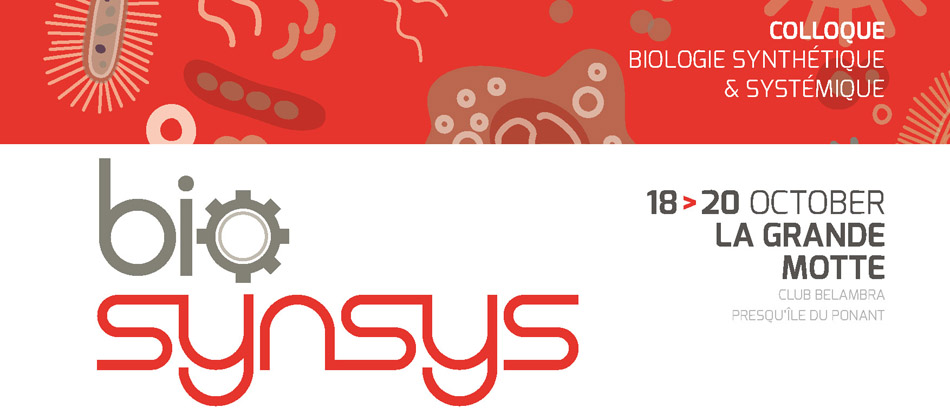Understanding how cells coordinate and regulate their growth, gene expression and cell cycle progression is fundamental for both systems and synthetic biology. When environmental conditions change, microbial cells globally adapt their gene expression and hence their proteome composition. Simple theoretical models of proteome allocation have explained such changes under the central assumption that the population growth rate is maximized (Scott et al., 2010). However, why cell division size is also strongly dependent on growth conditions is less clear. A potential link between cell size and proteome allocation that received little attention so far is gene expression noise: proteins whose optimal average concentration is low could be less noisy in small cells than big cells.
I will discuss our recent work (Bertaux, Marguerat, Shahrezaei, in review) investigating the impact of the division rate and cell size on gene expression noise. We model stochastic gene expression inside growing and dividing cells, using assumptions and parameters relevant to E. coli, for which abundant quantitative data is available.
We find that coupling of transcription rate (but not translation rate) with the division rate results in homeostasis of both protein concentration and noise across conditions. Interestingly, we find that the increased cell size at fast division rates, observed in E. coli and other unicellular organisms, prevents noise increase even for proteins with decreased average expression at faster growth.
We then investigate the functional importance of these regulations by considering gene regulatory networks that exhibit bistability and oscillations. We find that the topology of the gene regulatory network can affect its robustness with respect to changes in division rate in complex and unexpected ways.
Finally, using another simple model of whole-cell coarse-grained physiology (Bertaux, Von Kügelgen, Marguerat, Sharezaei, bioRxiv, 2016), we also illustrate how higher noise for lower division sizes can result in lower fitness.
Our study reveals a potential role for cell size regulation in the global control of gene expression noise. It also highlights that understanding of circuits' robustness across growth conditions is key for the effective design of synthetic biological systems.

 PDF version
PDF version
